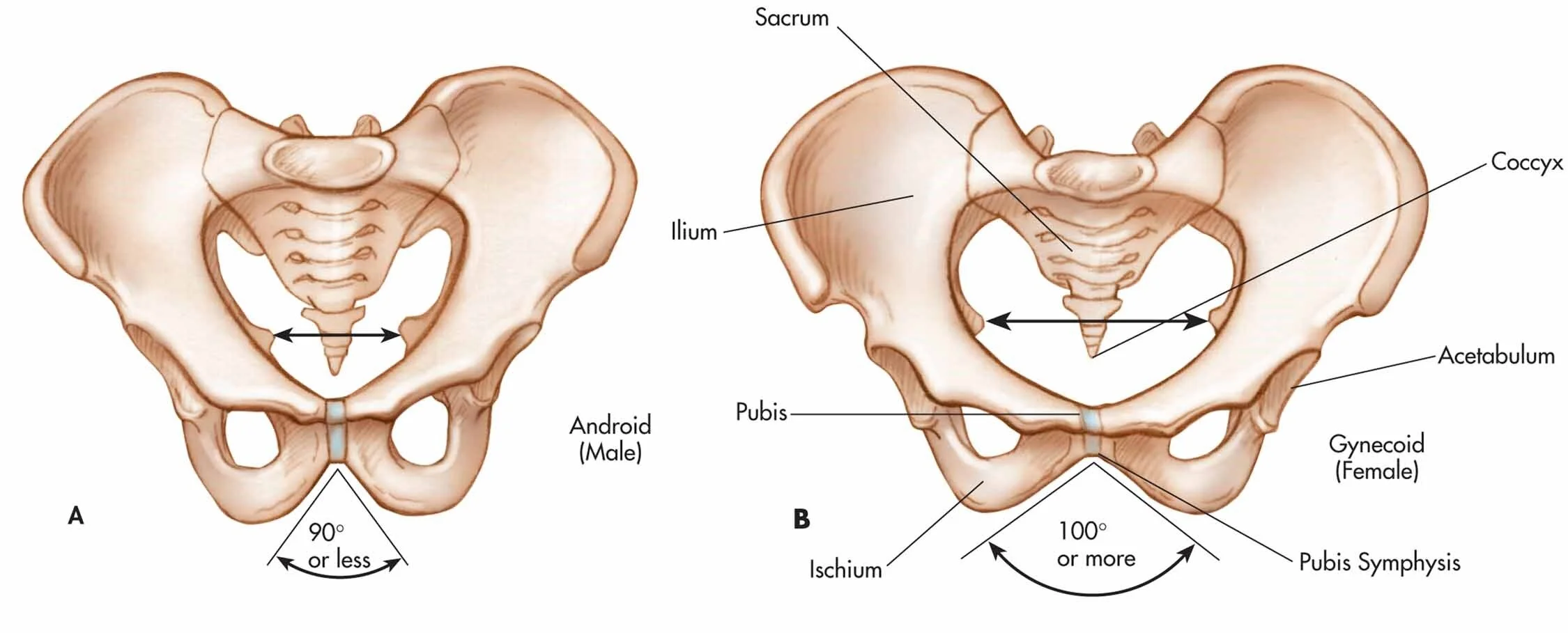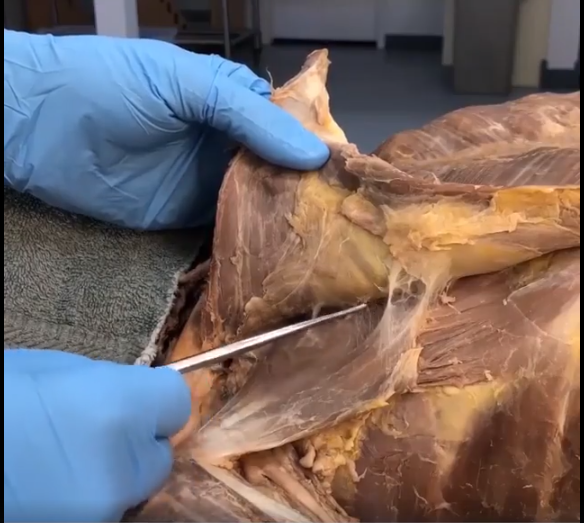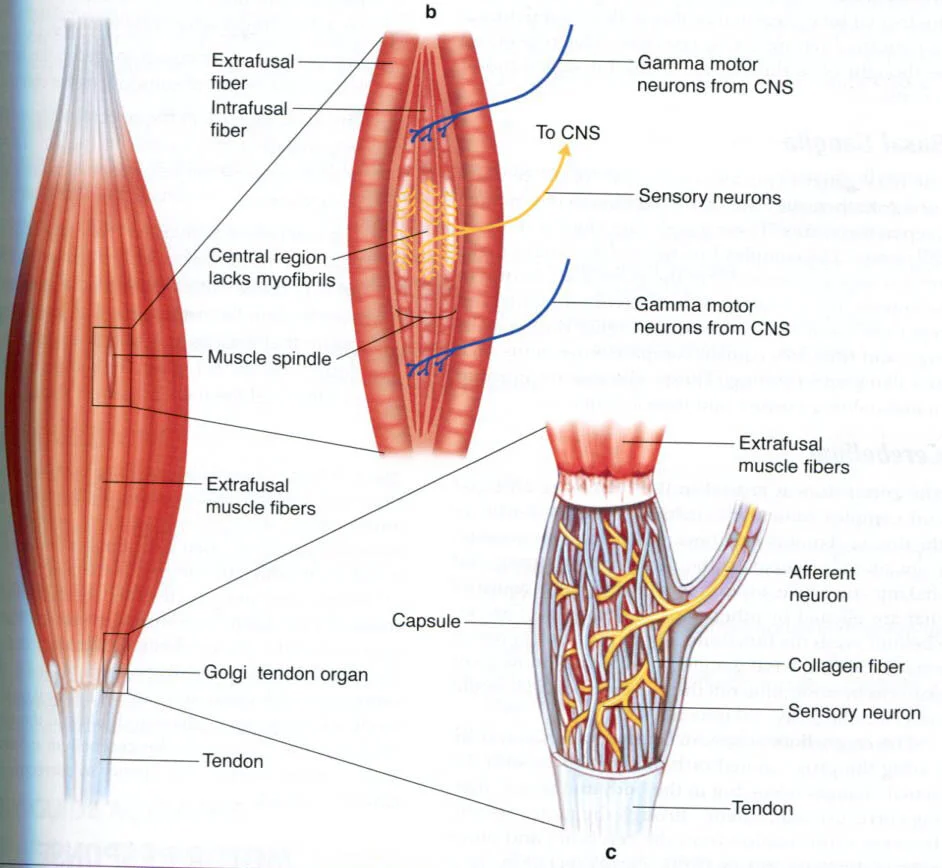Why You Can’t Touch Your Toes: In-depth Look at Flexibility With Short Term and Long Term Solutions
Why You Can’t Touch Your Toes: In-depth Look at Flexibility With Short Term and Long Term Solutions
The other day I was proudly watching my 4 year old niece perform her first set of squats with a resistance band... while eating Eggos. The child in me couldn’t help but envy her breakfast selection. The uncle in me wanted to see more syrup. The strength and conditioning coach in me was amazed at her ability to have unrestricted full range of motion. One rarely sees anything close to this level of mobility. Thinking to myself enjoy it while it lasts because for most it’s gone just as fast as the Eggos however it doesn’t need to be.
https://tenor.com/view/chasing-escape-stealing-walking-away-leggo-my-eggo-gif-14823235
Flexibility is a crucial indicator of one’s ability and capability to move. The factors affecting this are body composition, nervous system, skeletal system, skeletal muscles, and fascia. All of these play a role in one’s flexibility and they are constantly changing. The great thing is, you do have an influence on some of these changes but not all. The simplest way to dive into this is by breaking it down. Now the overlapping nature of it all is what makes this complex, further driving the value of individualization, side note. Taking into account the necessary materials of the body are on a constant natural turn over and adaptation to stimulus trajectory, we will simplify it to things you can change and things you can not. Here we go.
Bones
Skeletal System, bones, can not change, for the most part. Key differences in their formation are the critical factor. Directly speaking, you can break this into gender-based and genetic-based. Recognizing, biologically speaking, Gender is Genetics, for the simplicity of organizing information, we will keep them apart for the article.
A clear example of gender-based is in the pelvis; Females have a wider angle in the pubic arch and spacing between each Pelvic bones, also known as the birthing cannel. Below is an image
biology-forums.com
Male is on the Left
Female is on the Right
Genetic show a few differences. Blatantly, one's height is among them and will play a role in the mass to hight ratio of BMI later on. Also included are the formation of the Bonylandmarks, which are distinct areas of the bone where tendons and ligaments attach. For bony landmarks, an example of below is highlighting four different types of formation for one landmark, the acromion process.
Body Composition
Body Composition can change. Skeletal muscle is straight forward we can look at this from the muscle fiber point of view. The ability to either grow, Hypertrophic, or shrink, Atrophic, affects. Bodybuilder Darian Yates is an example below.
Muscle mass isn't the primary focus of this topic though; we are looking at the range of motion. In this context, body mass index, BMI Chart, will be sufficient. Looking at the formula, (Height / Weight^2)703, you can see why. Below is the chart.
***Please note BMI does not take into account muscle mass to fat ratio which makes it not necessarily a great indication for health. A topic for another day.
The nervous system
Now, looking at the nervous system, its changes within the muscle by way of muscle firing, recruitment patterns. From a task-specific standpoint, This can be considered as a muscles low level of contraction at a resting state. Often referred to as muscle tone or tonic state, it can not only change over time with exercise but rapidly with particular types of stimulus, you will see later on.
Fascia system
This system connects everything. Its abundance, different roles, and relatively new focus regarding research make this network extremely diverse and, in turn, controversial. For now, due to its abundant sensory nerve network, six times more than muscle, it is seen as what you feel when you are in a stretch. Also, Scar tissue is produced by its cell, Fibroblasts. Any injury sustained, you got it, attention needs to be given to that. Furthermore, It's fast response regarding different stimuli, allows for the reorganization of its structure to assist in movement. Over time, it has effects on a range of motion by the way of its formation. It can be seen in the cadaver image below of its build-up in concentrated areas.
Video- https://www.facebook.com/watch/?v=2196451003711590
Fascial adhesions seen in cadaver lab by Dr. Joe Muscolino: “Cobwebby fuzz”
How to Change it Quickly
Nervous systems Hack
First is partner-assisted PNF. While you are on your back, allow your partner to stretch the hamstring for 5-10 sec. Followed by, Pulling your heal into your partner's shoulder, causing an isometric contraction, for a 3-5 count. You'll notice once you release your leg will go further back. Repeat series 2-3 times.
The second is to try and touch your toes. Notice where you are. Then, in place, jump up rapidly for three reps then touch your toes.
Both are using Golgi receptors located in the tendon and the muscle spindle receptors in the muscle. These two proprioception receptors, balance receptors, work in conjunction to regulate tension changes.
http://neurones.co.uk/Neurosciences/Tutorials/M2/M.2.B.2%20%20Muscle%20Tendon%20and%20Joint%20Receptors.html
Long term changes body composition focus
If you want to touch your toes and it seems to be because of your mass then, focus on cutting weight.
Long Term Changes From a Fascia Prospective
If you have suffered from an injury that healed or just have not moved in that way in a long time, then move in that way. It doesn't matter what it is massage, yoga, exercise in any form, lifting, Activities of daily. You will see the changes.
Closing
In review, I hope you can see the complexity of the matter but the overall simplicity of the fix when you know what your individual limitation is. If you do work on it you’ll be able to have your Eggos and range of motion too.






